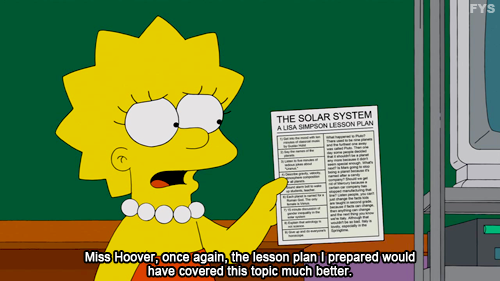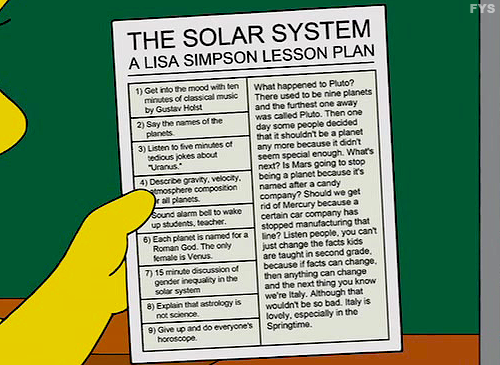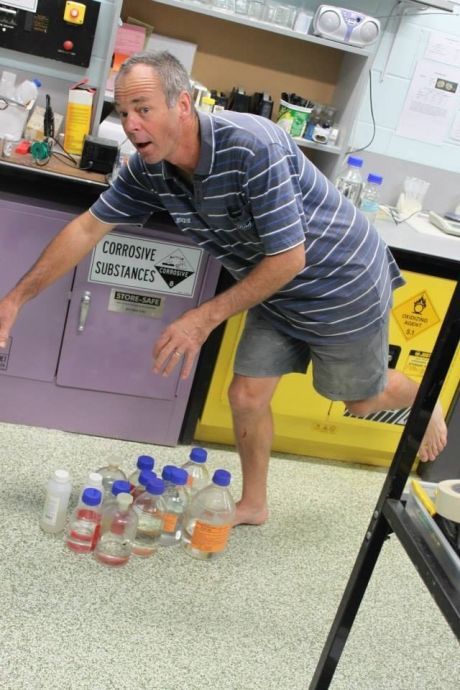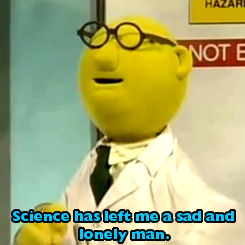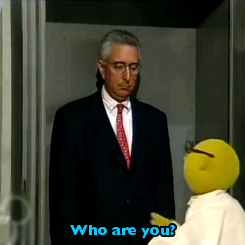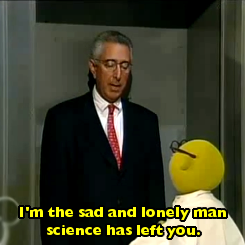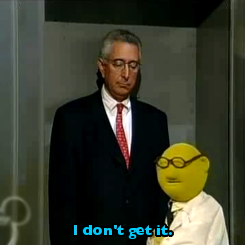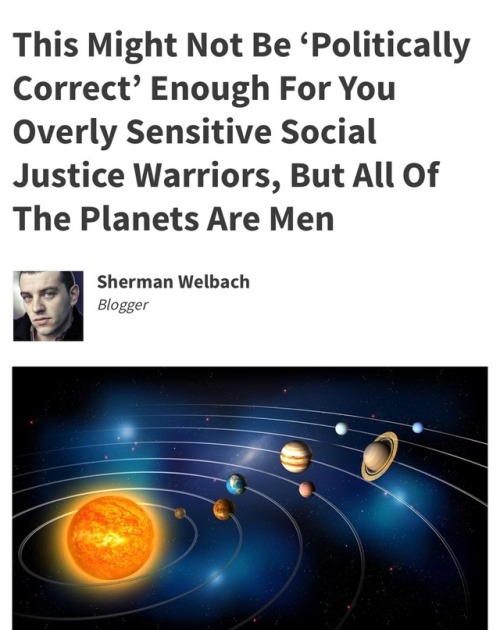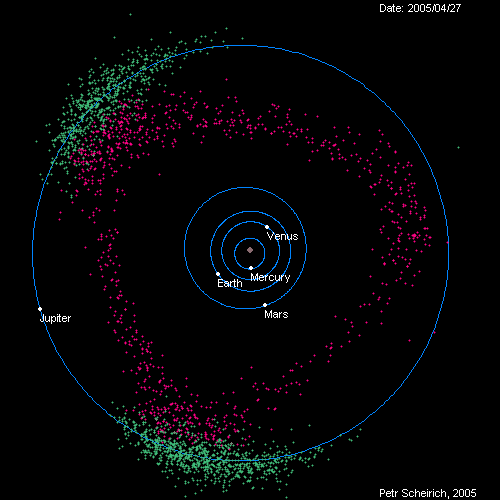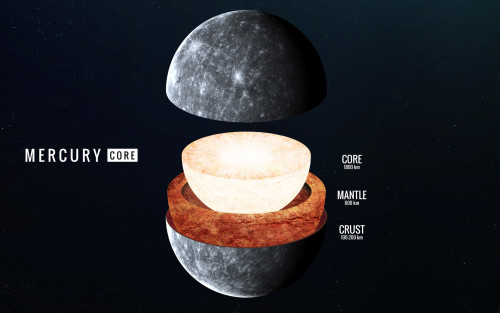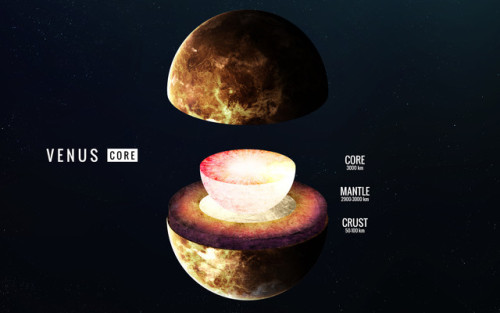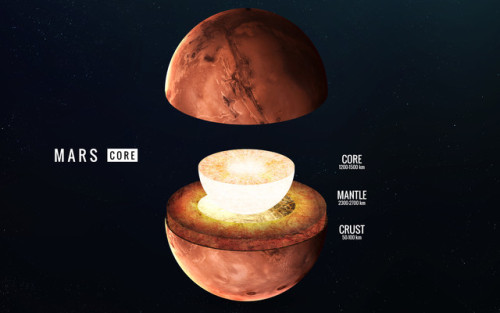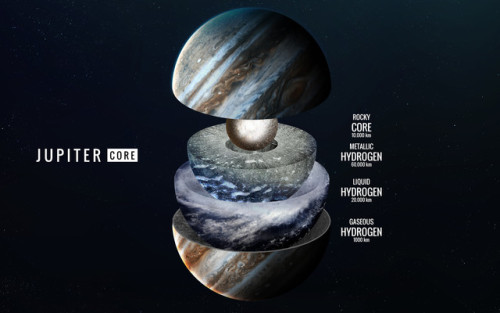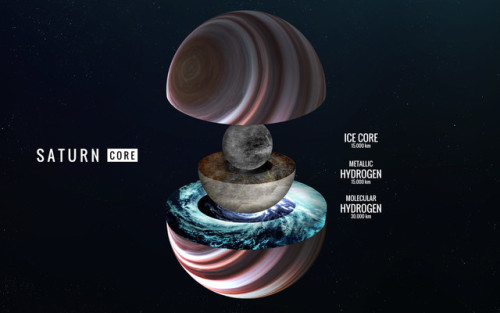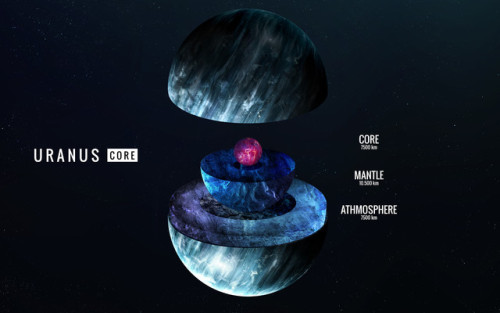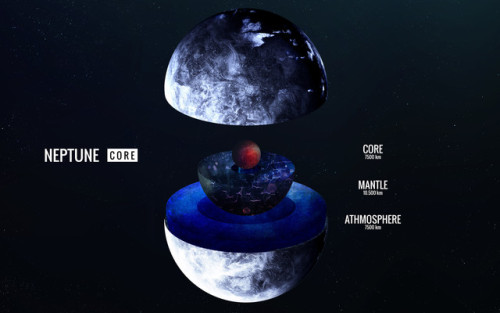welcome to my space space (see what i did there) (space means two different things)
232 posts
Latest Posts by plutoisnotaplanet - Page 4
just lol if you have amino acids

An asteroid is going to fly right by Earth in October, and scientists are pumped
Pretty soon, an asteroid is going to zip right past the Earth, but you shouldn’t be alarmed. Everything is going to be fine — and even better, NASA is going to use the opportunity to make sure we can protect ourselves from asteroids that could actually hit us.
Here’s the deal: An Italian astronomer spotted the asteroid, known as 2012 TC4, in 2012, when it flew past the Earth. At its closest approach, it was as close as a quarter of the distance between the Earth and the moon. Then its orbit took it too far from Earth for telescopes to watch it.
Now, it’s back, and on Oct. 12, it will again pass close to Earth. Astronomers haven’t pinned down its orbit precisely enough to say just how close it will get, since they only had a week of data from its 2012 visit. But they know it definitely won’t come closer than 4,200 miles away and expect it to stay much farther away than that. Read More (8/1/17)
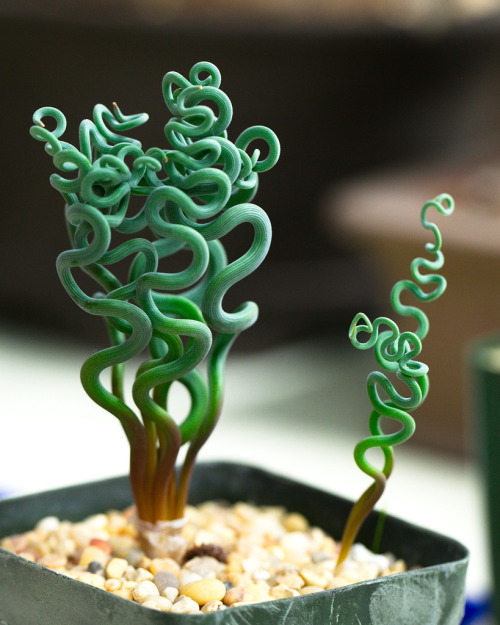
This is a plant from the genus Trachyandra, specifically known as a Crassula succulent. They are mostly found throughout southern Africa and Madagascar.
is it possible that plants have consciousness?
this is actually a small sub branch of botany thats been growing and gaining some recognition in the past 5 years or so called plant cognition! we’ve been thinking about if plants can possibly be intelligent to any degree for centuries, but the main paper that started up this huge discussion in the modern era was one called Experience Teaches Plants to Learn Faster and Forget Slower in Environments Where It Matters by Monica Gagliano, a plant researcher in Australia who specializes in it. because the results indicated that plants were possible of learning and retaining information in a kind of memory in response to environmental changes, it received a lot of backlash and denial- generally in science, that kind of intelligent reaction to an organism’s environment is a good indicator of cognitive behavior in the organism. it got rejected by 10 different journals before being published in 2014.
the experiment worked like this. i’ve talked before about mimosa pudica, a tropical plant that curls its leaves back when touched (they go back to normal in a few minutes):

this is to help deter predators among other things. but in this experiment, Gagliano used it as an indicator of stimulus and to test cognitive function. It’s well known that pudica has a rudimentary nervous system that can even be temporarily inhibited using anesthetics (just like ours can!). she hooked up a ton of these plants in pots to identical rail systems that allowed them to be lightly dropped in an identical way, juuuuust heavy enough to trigger the stimulus so all the leaves drop down when they hit the bottom (a piece of foam so they wouldn’t actually hurt the plants). every time the plants would be dropped, they would close up.
but after the plants were dropped about 60 times each, they stopped responding to the drop.
they remembered that no harm was coming from this action and decided that it was against their best interests to keep expending energy closing their leaves. they 200% learned to stop.
she decided to test it further. she put some of the plants in a shaker and let them receive a more jarring response; the plants closed up as usual. then, she put them back in the droppers and dropped them again. they didn’t close up. they had remembered that response. this dispels the obvious rebuttal to this experiment of the plants just being tired; they still closed up when stimulated differently.
they just chose not to close up when they hit a stimulus they remembered.
it turns out that not only could they remember to keep their leaves open when dropped on the apparatus, but they remembered after 28 days when she kept testing it!! apparently by the end of the experiment, all the plants had decided to keep their leaves open when dropped!!!!
how do they do this?? we literally dont know. they have no central brain, only a basic nervous system. can other plants do this???
well, adding onto that, venus fly traps can count! like. they have three hairs inside their traps, and all three must be touched within 20 seconds for the trap to close. once closed, those three trigger hairs must continue to be stimulated by thrashing prey, or the trap will reopen.
so yeah like. basically ‘are they sentient’: apparently to an extent???? we dont know exactly why or how but they are??? maybe???? sort of????? at least some of them are?? but they dont have a brain so everyones like????????????????????? maybe its through a signaling network????????????????? but like how would that even work?????????
plant consciousness is still new enough to be dismissed as crazy by a lot of biologists but like. the evidence is there. we don’t know a whole lot and its clearly a radically different kind of intelligence than we know in animals, but it’s there and we 200% dont know how it works yet or even the full extent of how plants use this intelligence (for example: does a redwood have the same intelligence as a venus fly trap?? how does it learn things and use that knowledge???)
national geographic wrote an awesome article visualizing the experiment here if you want to read more!
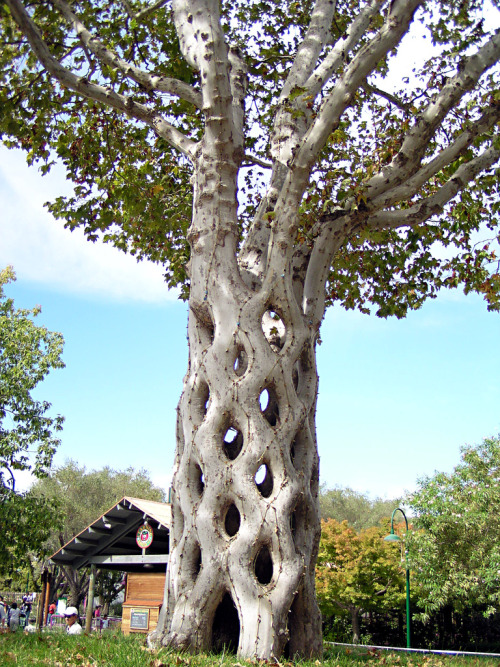
Circus Tree: Six individual sycamore trees were shaped, bent, and braided to form this.
teacher: how are you doing? me: *thinking about how sharks have survived 5 major extinctions that wiped out majority of life on earth* me: yeah
honey is the only food product that never spoils. there are pots of honey that are over five thousand years old and still completely edible

Scientists just spotted an adorable star that barely even qualifies as one
Sometimes, scientists’ categories for things can be a little demeaning. For example: the “failed star” designation for objects that are larger than planets but smaller than stars.
About 600 light-years away, EBLM J0555-57Ab just barely missed the failed star category. But as will be published in an upcoming issue of the journal Astronomy & Astrophysics, it’s just a hair over the boundary, making it one of the smallest stars we know of.
“Failed star” is actually a factual statement — it just means something isn’t large enough to manage to bang hydrogen atoms together to form helium, the basic process at the heart of a burning star.
EBLM J0555-57Ab looks a bit like it shouldn’t have made the cut: It’s only a tiny bit larger than Saturn, or about one-twelfth the size of our sun. Read more (7/12/17)
follow @the-future-now
when you have to take physics before SPACE 🚀 😭😭😭
some times i remember i have to survive another semester of ((biology)) just to get to SPACE !! which is next year,,, it makes me sad
lov ur work. lov the pluto. lion king isnt a planet!!
tru tru tru thx for the kind words, sunglasses pal
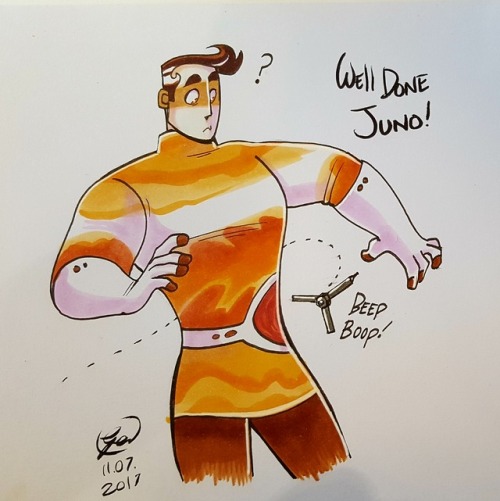
@nasa I can’t wait to see all the new pictures of jupiters big red spot!! Jupiter himself doesnt know why earth keeps throwing these things at him…

Slime mold was grown on an agar gel plate shaped like America and food sources were placed where America’s large cities are.
The result? A possible look at how to best build public transportation.
I just really like the idea of slime mold on a map of the US. It’s beautiful.
i really looooove science. i love the scientific method. i love the mindset science invokes. weird ass chemistry biophysics and neuroscience and giant gaseous clouds in the universe and fricken volcanoes. just the fact that we know all we know. w o w




